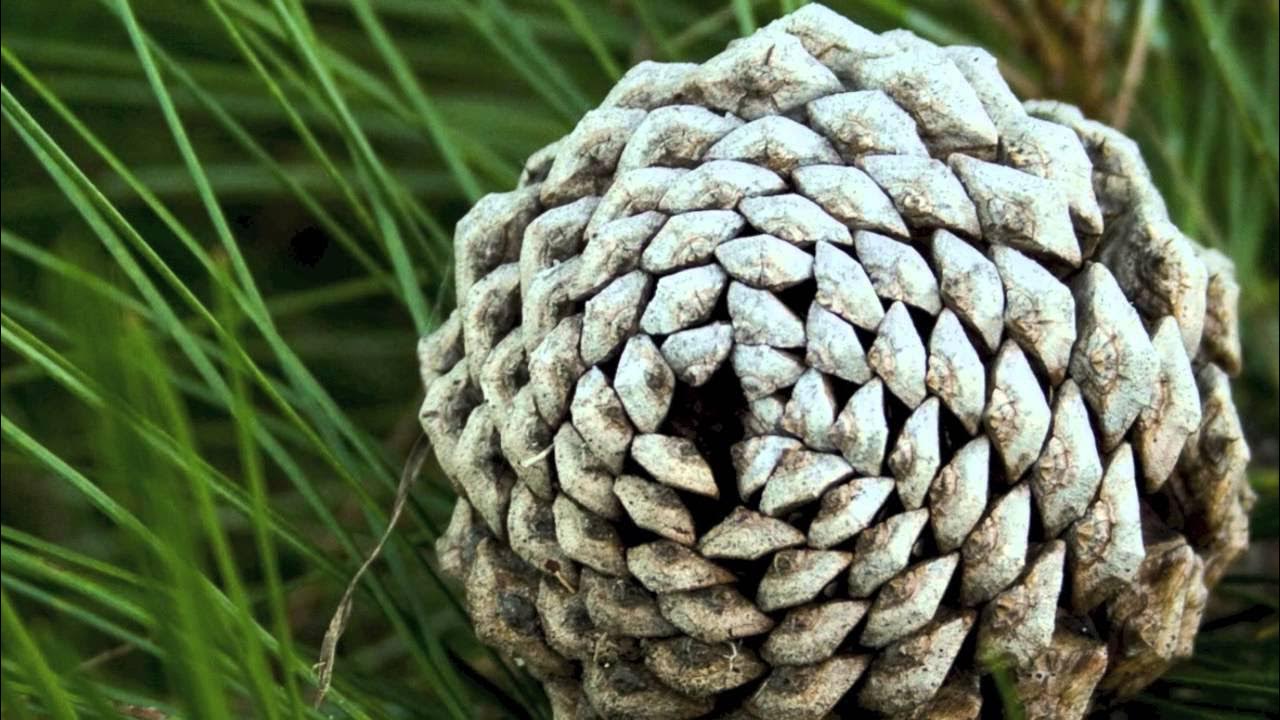Doodling in Math: Spirals, Fibonacci, and Being a Plant [1 of 3]
Summary
TLDRThe video script explores the fascinating world of spirals and their connection to the Fibonacci sequence, all set in a whimsical math class located in a greenhouse. Through playful examples and imaginative illustrations, the narrator describes three types of spirals and highlights their presence in nature, from pine cones to flowers. The script emphasizes that the Fibonacci numbers, often seen as mystical, actually arise from simple patterns in nature, demonstrating how intricate designs can emerge from straightforward beginnings. This engaging narrative invites viewers to appreciate the beauty of math in the natural world.
Takeaways
- 😀 Spirals come in different types, including equidistant, tightening, and expanding spirals.
- 😀 The equidistant spiral is great for filling pages and creating drawings like curled-up snakes.
- 😀 Tightening spirals can be used to represent snug shapes, such as your invented slug cats.
- 😀 Expanding spirals are versatile and can depict natural forms like nautilus shells and fern fronds.
- 😀 The Fibonacci sequence, where each number is the sum of the two preceding ones, appears frequently in nature.
- 😀 Pine cones exhibit Fibonacci numbers in their spiral patterns, often featuring combinations like five and eight spirals.
- 😀 Flowers and plants also show Fibonacci numbers, contributing to their efficiency in growth and arrangement.
- 😀 Counting spirals in natural objects reveals the presence of Fibonacci numbers, highlighting math's relevance in the real world.
- 😀 The Fibonacci sequence can begin with different starting points (1 and 1, or 0 and 1) but still produces similar results.
- 😀 The occurrence of Fibonacci numbers in nature illustrates how complex patterns can emerge from simple mathematical principles.
Q & A
What are the three types of spirals mentioned in the script?
-The three types of spirals are: 1) Equidistant spirals that maintain the same distance as they expand, 2) Spirals that start wide and become tighter, and 3) Spirals that start tight and expand outward.
How does the narrator relate spirals to doodling in math class?
-The narrator uses doodling spirals as a way to creatively engage with the subject while being distracted by the teacher's lecture, showing how math can be represented artistically.
What is the significance of the Fibonacci sequence in the script?
-The Fibonacci sequence is significant because it appears in the counting of spirals in nature, such as in pine cones and flowers, demonstrating a mathematical pattern that recurs in various biological forms.
What examples of objects are associated with each type of spiral?
-The narrator associates equidistant spirals with curled-up snakes, tightening spirals with slug cats, and expanding spirals with snails, nautilus shells, and the structure of the ear.
How does the narrator suggest drawing a perfect spiral?
-To draw a perfect spiral, start with one square, add another of the same height, and continue adding larger squares next to the previous ones, creating a spiral pattern.
What does the narrator imply about the occurrence of Fibonacci numbers in nature?
-The narrator implies that Fibonacci numbers are not just coincidental; they are a natural occurrence that can be observed in many plants and flowers, suggesting an underlying mathematical order in nature.
How does the narrator describe the relationship between spirals and pine cones?
-The narrator counts the spirals on a pine cone, demonstrating that they often correspond to Fibonacci numbers, specifically noting the counts of five and eight spirals.
What is the overall message about math conveyed in the script?
-The overall message is that math, particularly the Fibonacci sequence, is not a complex, mystical concept but rather a simple pattern that manifests beautifully in the natural world, encouraging curiosity and exploration.
Why does the narrator mention counting spirals in different flowers?
-The narrator mentions counting spirals in different flowers to illustrate that Fibonacci numbers appear widely in nature, reinforcing the idea of mathematical patterns in various living organisms.
What does the narrator mean by 'simple beginnings creating beautiful complexity'?
-This phrase refers to how basic mathematical principles, like the Fibonacci sequence, can lead to intricate and complex patterns observed in nature, highlighting the beauty of mathematics.
Outlines

Esta sección está disponible solo para usuarios con suscripción. Por favor, mejora tu plan para acceder a esta parte.
Mejorar ahoraMindmap

Esta sección está disponible solo para usuarios con suscripción. Por favor, mejora tu plan para acceder a esta parte.
Mejorar ahoraKeywords

Esta sección está disponible solo para usuarios con suscripción. Por favor, mejora tu plan para acceder a esta parte.
Mejorar ahoraHighlights

Esta sección está disponible solo para usuarios con suscripción. Por favor, mejora tu plan para acceder a esta parte.
Mejorar ahoraTranscripts

Esta sección está disponible solo para usuarios con suscripción. Por favor, mejora tu plan para acceder a esta parte.
Mejorar ahoraVer Más Videos Relacionados
5.0 / 5 (0 votes)






